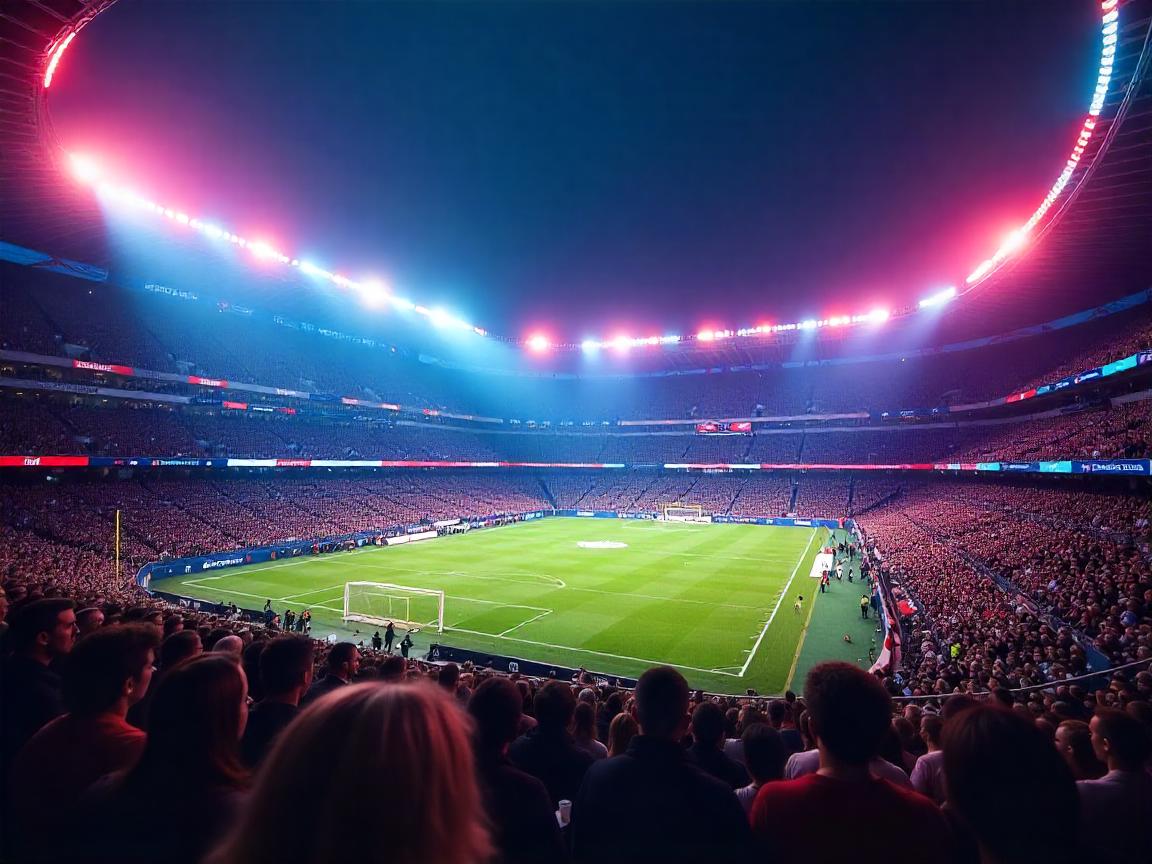Supercharging U.S. Tourism: FIFA Club World Cup 2025
Atlanta, Charlotte, Cincinnati, Los Angeles, Miami Gardens, Nashville, and Orlando are buzzing with anticipation as the countdown begins for the historic FIFA Club World Cup 2025. This will be the first time the world’s elite football clubs battle it out on American soil, bringing an electrifying spirit to these iconic cities.
A Historic Event Unfolds
The FIFA Club World Cup 2025™ isn’t just a sports event; it’s a celebration of sporting culture and an unprecedented opportunity for U.S. tourism. Stretching from coast to coast, featuring 32 of the world’s best teams, the tournament will run over the span of a month, uniting 12 stadiums across 11 cities.
From Atlanta’s Mercedes-Benz Stadium to Seattle’s Lumen Field, expect America to be the stage for a stunning display of athleticism and passion. This landmark event promises to be a game-changer for U.S. tourism, offering cities a coveted chance to showcase their vibrancy to the global audience.
Host Cities: A Tapestry of Culture
The confirmed host cities encompass a rich tapestry of U.S. culture and geography. Atlanta, Charlotte, Cincinnati, Los Angeles, Miami Gardens, Nashville, Orlando, Philadelphia, Seattle, Washington D.C., and East Rutherford (New Jersey) have been chosen not just for their excellent facilities but also for their unique offerings in hospitality and fan experience.
Each location will become a cultural hub, welcoming millions of international visitors. As they prepare for this estimated influx of fans, the transformations these cities will undergo will spark significant growth in local economies, hospitality industries, and cultural exchanges.
Economic Impact: A Boost for Local Businesses
The FIFA Club World Cup 2025 is projected to be an economic powerhouse for host cities. Anticipated spikes in hotel bookings, flight demand, and an influx of expenditures from fans will translate into massive tourism revenue. The tournament window, scheduled from June 14 to July 13, 2025, is expected to bring an unparalleled increase in foot traffic.
Cities that already have high tourist appeal, such as Miami, Los Angeles, and New York, will likely see an overflow of tourism, while emerging destinations like Charlotte, Cincinnati, and Nashville are set to shine on the global stage. Local businesses, from restaurants to retail shops, are gearing up to serve a diverse crowd with unique offerings.
Transport & Infrastructure: Preparing for Heavy Traffic
Air travel will be under significant scrutiny during the tournament. With 11 international airport gateways servicing the host cities, airlines, including the tournament’s official partner Qatar Airways, are ramping up their operations. Expect increases in flight frequencies and specialized routes aimed at catering to the affluent sports traveler.
Airport authorities are proactively upgrading terminal facilities and enhancing security measures to handle the anticipated surge in passenger traffic. All eyes will be on airports from JFK to LAX, as they adapt to meet the expectations of enthusiastic football fans.
Hotels and Accommodations: Ready for the Booking Boom
The hospitality industry is already reporting an early booking surge, as hotel chains prepare special FIFA-themed packages, offering game-day transfers, VIP lounge access, and fan experiences. In cities like New York and New Jersey, July 2025 bookings are reportedly up by double digits compared to previous years. Meanwhile, cities like Orlando and Miami expect nearly full occupancy on match days.
Short-term rentals on platforms like Airbnb are also set to experience a windfall, offering flexible, localized accommodations to fans eager to immerse themselves in the local culture.
The Emergence of Sports Tourism
FIFA’s decision to bring this event to the U.S. reflects a shift in travel behavior, where sports and leisure blend seamlessly. Today’s travelers are more than just tourists; they are passionate fans who are keen to combine match attendance with enriching experiences. Cities that prioritize creating immersive fan experiences stand to benefit immensely.
Local tourism boards are investing in fan zones, cultural festivals, and services aimed at a multilingual audience, enhancing the overall visitor experience. Ultimately, the event offers a chance to establish lasting connections between cities and international travelers.
Challenges Ahead: Navigating the Hurdles
While the FIFA Club World Cup presents monumental opportunities, it also brings logistical challenges. Coordinating transportation, security, and crowd management across multiple cities requires meticulous planning. Any disruption in service could negatively affect visitor satisfaction and future tourism potential.
Moreover, meeting the needs of diverse audiences—including accessibility considerations and sustainable practices—will shape how host cities are perceived on the global stage. Cities that rise to the occasion may find themselves well-positioned for future events.
A Prelude to Future Events
Interestingly, this tournament also serves as a precursor to the FIFA World Cup 2026, which the U.S. will co-host with Canada and Mexico. The Club World Cup acts as both a test of America’s infrastructure and a preview of what to expect in a couple of years, making it a pivotal moment for U.S. sports tourism.
The FIFA Club World Cup 2025 is set to be much more than just a sporting event; it’s an opportunity for America to shine, showcasing its capacity to host world-class events and to welcome an international audience with open arms.


